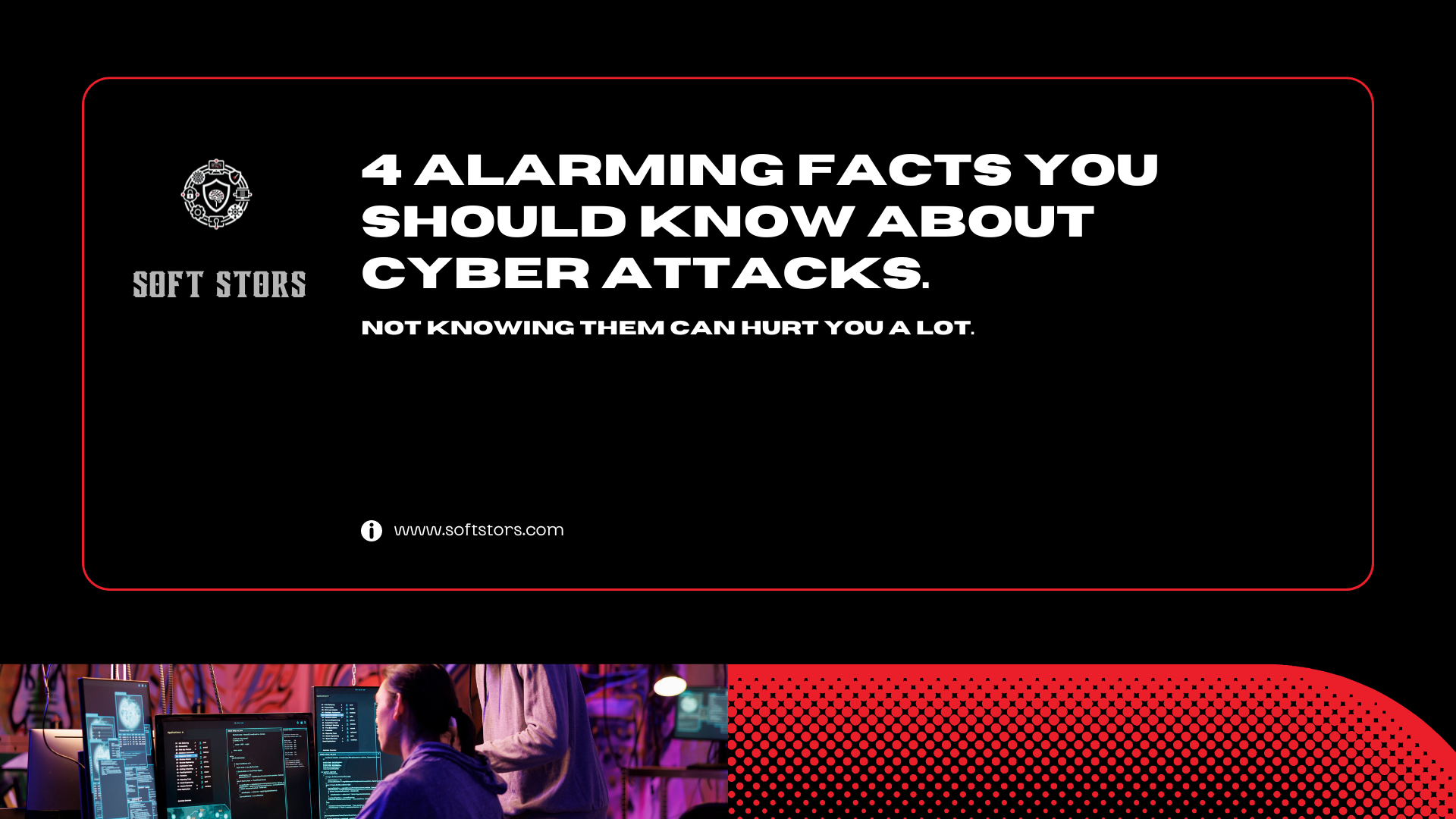
4 Alarming Facts You Should Know About Cyber Attacks. (Not Knowing Them Can Hurt You A Lot)
In today’s digital world, cyber attacks have become a pressing concern for individuals and organizations alike. We share the facts you need to know about cyber attacks.
1.Phishing Attacks: In these attacks, hackers use deceptive emails, messages, or websites to trick individuals into revealing personal information such as login credentials, credit card numbers, or social security numbers. These attacks often appear to come from trusted sources, making them highly effective.
2.Malware: Malware includes various types of malicious software like viruses, worms, trojans, and spyware. Once installed on a victim’s device, malware can steal sensitive information, monitor user activity, or cause damage to systems and data.
3.Ransomware: This type of malware encrypts the victim’s files and demands a ransom payment to restore access. Ransomware attacks can cripple individuals and organizations by denying access to critical data and systems until the ransom is paid.
4.Social Engineering: This involves manipulating individuals into performing actions or divulging confidential information. Techniques include pretexting (creating a fabricated scenario), baiting (offering something enticing), and tailgating (following someone into a restricted area). Social engineering exploits human psychology rather than technical vulnerabilities.
How to protect ourselves?
1. Phishing Attacks
Protection Measures:
Email Filtering: Use advanced spam filters to detect and block phishing emails.
User Education: Regularly train employees and individuals to recognize phishing attempts and suspicious emails.
Multi-Factor Authentication (MFA): Implement MFA to add an extra layer of security for accessing accounts.
Anti-Phishing Tools: Use browser extensions and security software that detect and warn about phishing websites.
2. Malware
Protection Measures:
Antivirus and Anti-Malware Software: Install and regularly update reputable antivirus and anti-malware programs.
Regular Updates: Keep operating systems, software, and applications up to date with the latest security patches.
Firewalls: Use firewalls to block unauthorized access to your network and devices.
Safe Browsing Practices: Avoid downloading files or software from untrusted sources and be cautious with email attachments and links.
3. Ransomware
Protection Measures:
Regular Backups: Regularly back up critical data to offline or cloud storage solutions. Ensure backups are not accessible from the network.
Email Filtering and Security Awareness: Implement strong email filters and educate users about the dangers of ransomware.
Endpoint Protection: Use endpoint security solutions that include anti-ransomware features.
Least Privilege Access: Limit user access to only what is necessary for their role to minimize potential damage.
4. Social Engineering
Protection Measures:
Security Training: Conduct regular security awareness training to educate individuals about social engineering tactics and how to recognize them.
Verification Processes: Implement strict verification procedures for sensitive actions, such as financial transactions or access to confidential information.
Access Control: Restrict access to sensitive areas and information, ensuring only authorized personnel can access them.
Incident Response Plan: Have a plan in place for responding to social engineering attacks, including reporting and mitigating potential damages.
By combining these protection measures, individuals and organizations can significantly reduce their vulnerability to these types of attacks and protect their sensitive information and systems from being compromised.

